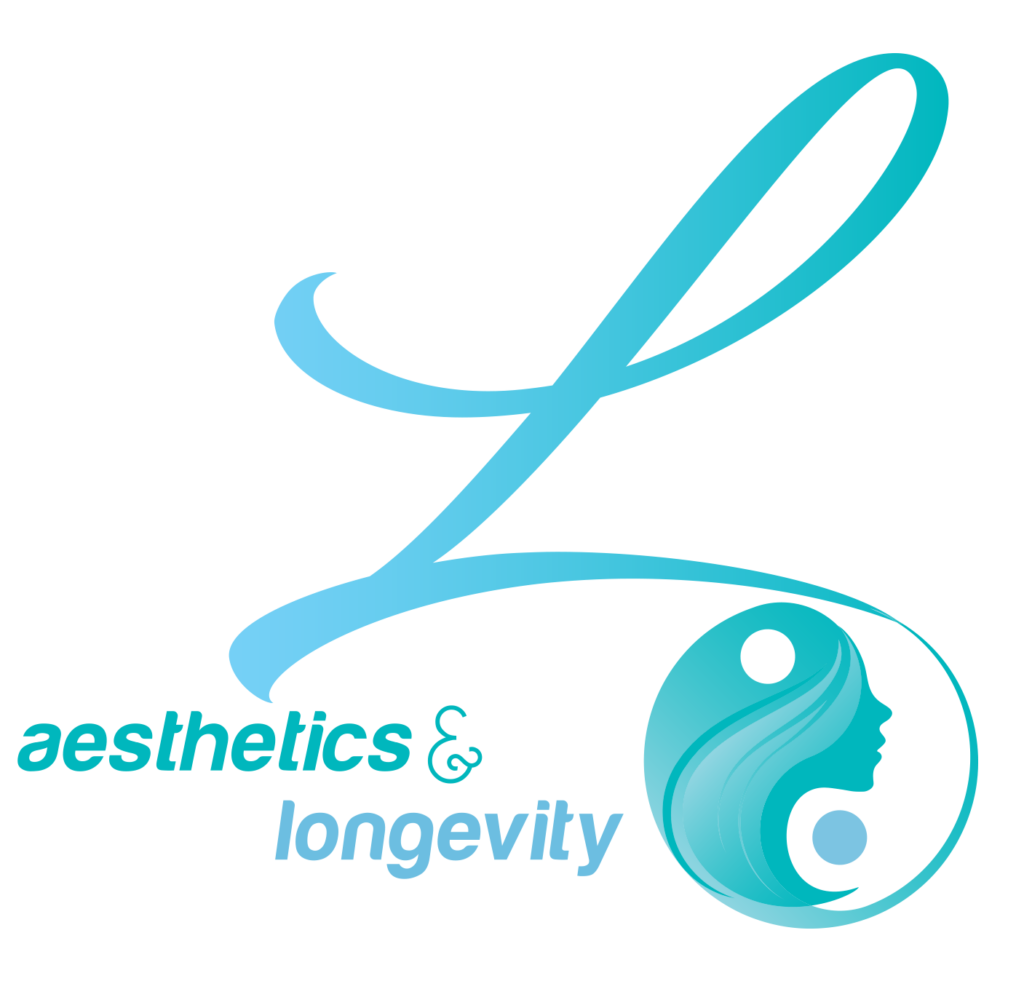When it comes to skincare, it’s crucial to be mindful of the ingredients we apply to our bodies. One such ingredient that has gained attention in recent years is talc. Talc, a mineral composed of magnesium, silicon, and oxygen, has been used for decades in various cosmetic and personal care products. However, emerging research and concerns have shed light on potential risks associated with talc usage, prompting individuals to reevaluate their skincare choices. In this article, we will explore the reasons why avoiding talc is essential for maintaining optimal skin health and uncovering safer alternatives.
Understanding Talc and Its Controversy:
Talc has long been favored for its moisture-absorbing properties, making it a common ingredient in talcum powders, body powders, and some makeup products. However, the use of talc has become controversial due to its close association with asbestos, a known carcinogen. Although cosmetic-grade talc is required to be asbestos-free, concerns about potential contamination during mining and production have raised doubts about its safety.
The Risks of Talc to Skin Health:
- Respiratory Issues. One of the primary concerns associated with talc usage is the potential for respiratory problems. When talc-containing powders are applied, particles can become airborne, leading to inhalation. This can irritate the lungs, cause respiratory distress, and potentially contribute to the development of respiratory conditions over time.
- Skin Irritation. Talc has the potential to irritate the skin, especially in individuals with sensitive or allergy-prone skin. Prolonged exposure to talc can lead to dryness, redness, itching, and even rashes, compromising the overall health and appearance of the skin.
- Contamination Risk. Despite efforts to ensure cosmetic-grade talc is asbestos-free, the risk of contamination during the mining and production process remains a concern. Even trace amounts of asbestos can have detrimental health effects, including an increased risk of cancer, specifically ovarian cancer, if talc is used in the genital area.
- Respiratory Allergies. Talc particles can trigger allergic reactions in some individuals, leading to symptoms such as sneezing, wheezing, and nasal congestion. These respiratory allergies can significantly impact daily life and overall well-being.
Safer Alternatives for Skincare:
Fortunately, there are numerous talc-free alternatives available that can help you maintain skin health without compromising on efficacy:
- Cornstarch. Cornstarch, derived from corn, is an excellent alternative to talc in body powders and dry shampoos. It effectively absorbs moisture, soothes the skin, and helps prevent chafing.
- Arrowroot Powder. Arrowroot powder, obtained from the arrowroot plant, is another natural substitute for talc. It has moisture-absorbing properties and can be used in various skincare formulations.
- Rice Powder. Rice powder, derived from finely milled rice, is a gentle and hypoallergenic alternative. It helps to absorb excess oil, reduce shine, and leave the skin feeling soft and smooth.
- Kaolin Clay. Kaolin clay, a gentle and mineral-rich ingredient, is effective in absorbing excess oil and impurities. It can be used in facial masks, cleansers, and other skincare products.
Conclusion:
Prioritizing skin health involves making informed choices about the products we use daily. With growing concerns regarding the potential risks associated with talc, it is crucial to consider alternatives that promote skin well-being. By opting for talc-free alternatives and exploring natural ingredients, we can ensure that our skincare routine aligns with our goal of maintaining healthy and radiant skin.
